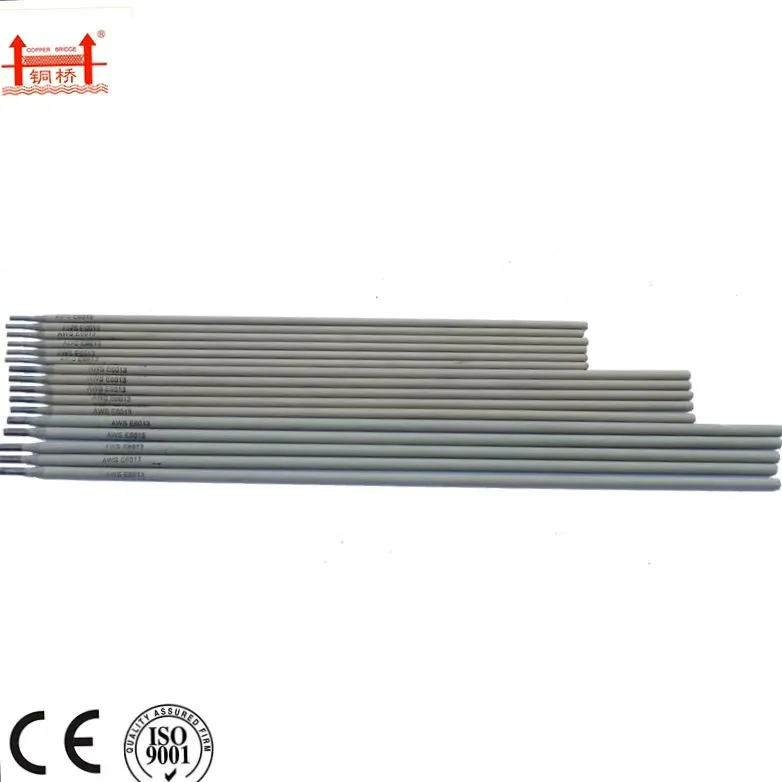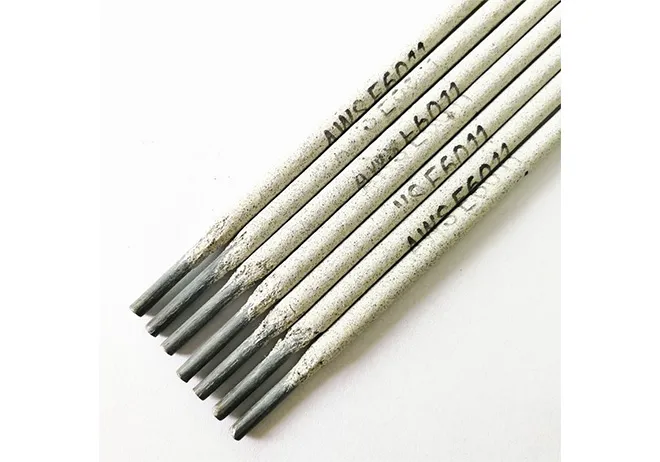how to choose welding rod size
Янв . 14, 2025 10:03
Selecting the appropriate welding rod size is a critical decision that impacts the quality and durability of your welding projects. Whether you are a professional welder or a hobbyist, understanding the factors that influence this decision can vastly improve your output. Drawing from extensive experience and recognized expertise, we delve into the key considerations you must keep in mind to make an informed decision.
Moreover, consider the power source’s output compatibility with the rod. Every welding machine has its output range, and using a rod size inconsistent with this range can lead to poor arc stability and suboptimal welds. Generally, larger rods require higher amperage settings, and so it's essential to ensure your equipment can handle the specified range when opting for a thicker rod. A unique, often understated aspect is the post-weld cleanup. Larger electrodes may result in increased slag, which requires additional cleanup and can affect the finish if not executed meticulously. Thus, sometimes choosing a slightly smaller size might benefit the overall presentation of the final work, especially in precision projects where aesthetics matter as much as structural integrity. The latest advancements in welding technology and materials science have introduced rods with enhanced features. Some rods now offer advanced flux coatings that allow for varied size use across different applications with lesser cleanliness trade-offs. Keeping abreast with such innovations and understanding their application can offer welders a competitive edge in both industrial and artistic domains. To optimize weld results, gathering firsthand accounts from experienced welders or joining professional forums can provide invaluable insights. The discussed parameters are essential, yet experience sharpens your decision-making process, ultimately refining your technique over time. In conclusion, the art of selecting the right welding rod size transcends simple guidance – it is a blend of technical understanding, project context, and evolving knowledge in weld science. Such a comprehensive approach ensures that welders can consistently achieve proficient and reliable results across various applications.


Moreover, consider the power source’s output compatibility with the rod. Every welding machine has its output range, and using a rod size inconsistent with this range can lead to poor arc stability and suboptimal welds. Generally, larger rods require higher amperage settings, and so it's essential to ensure your equipment can handle the specified range when opting for a thicker rod. A unique, often understated aspect is the post-weld cleanup. Larger electrodes may result in increased slag, which requires additional cleanup and can affect the finish if not executed meticulously. Thus, sometimes choosing a slightly smaller size might benefit the overall presentation of the final work, especially in precision projects where aesthetics matter as much as structural integrity. The latest advancements in welding technology and materials science have introduced rods with enhanced features. Some rods now offer advanced flux coatings that allow for varied size use across different applications with lesser cleanliness trade-offs. Keeping abreast with such innovations and understanding their application can offer welders a competitive edge in both industrial and artistic domains. To optimize weld results, gathering firsthand accounts from experienced welders or joining professional forums can provide invaluable insights. The discussed parameters are essential, yet experience sharpens your decision-making process, ultimately refining your technique over time. In conclusion, the art of selecting the right welding rod size transcends simple guidance – it is a blend of technical understanding, project context, and evolving knowledge in weld science. Such a comprehensive approach ensures that welders can consistently achieve proficient and reliable results across various applications.
Related Products
Related Video
Related News
Copyright © 2025 Dingzhou Jinlong Metal Production Co., Ltd. All Rights Reserved. Sitemap | Privacy Policy




























